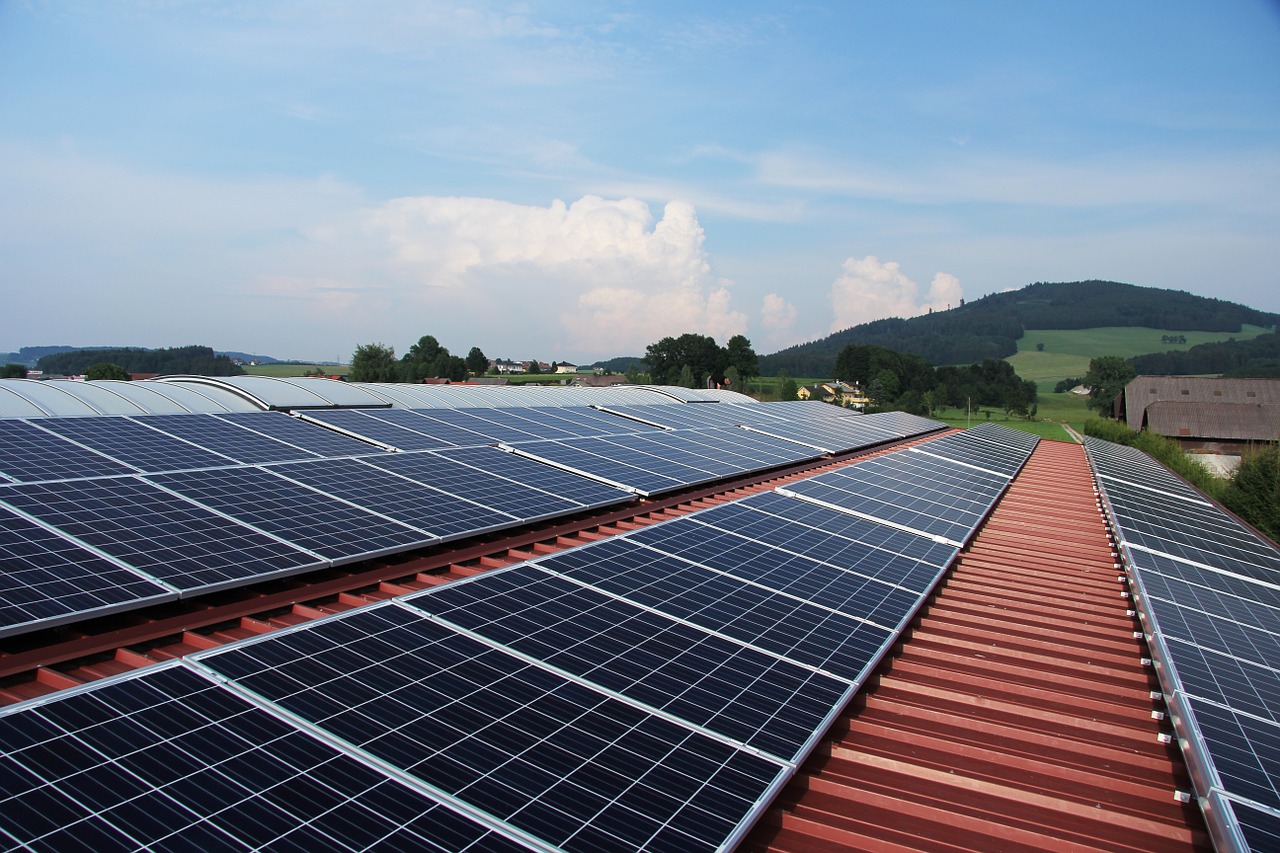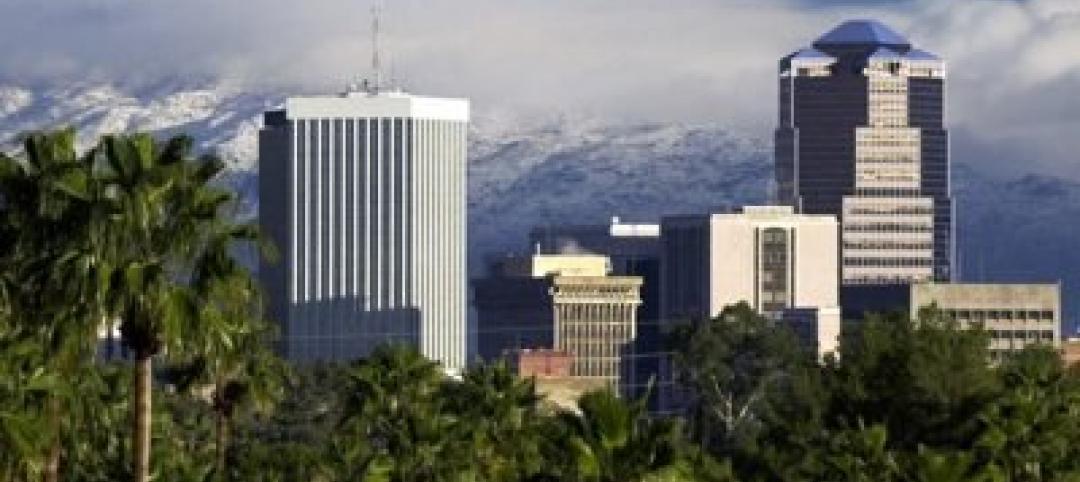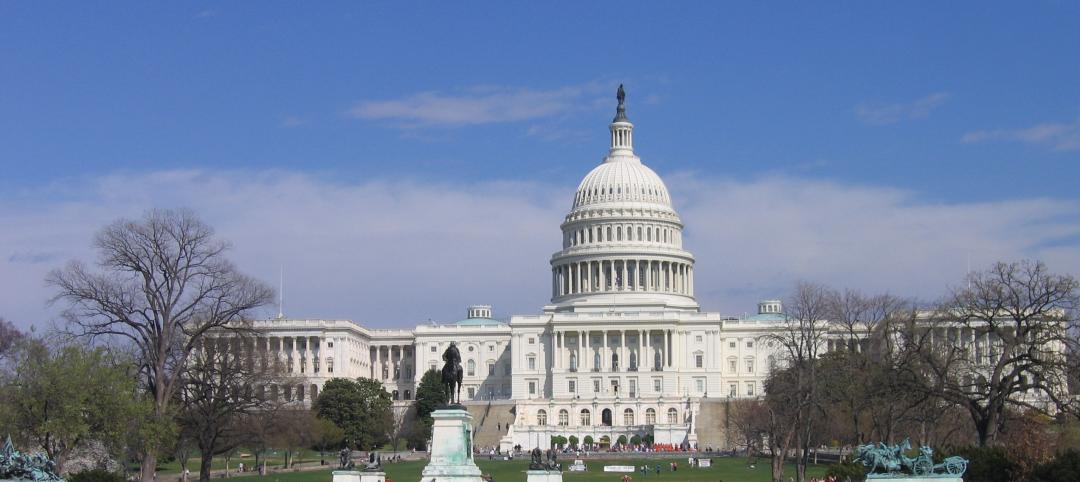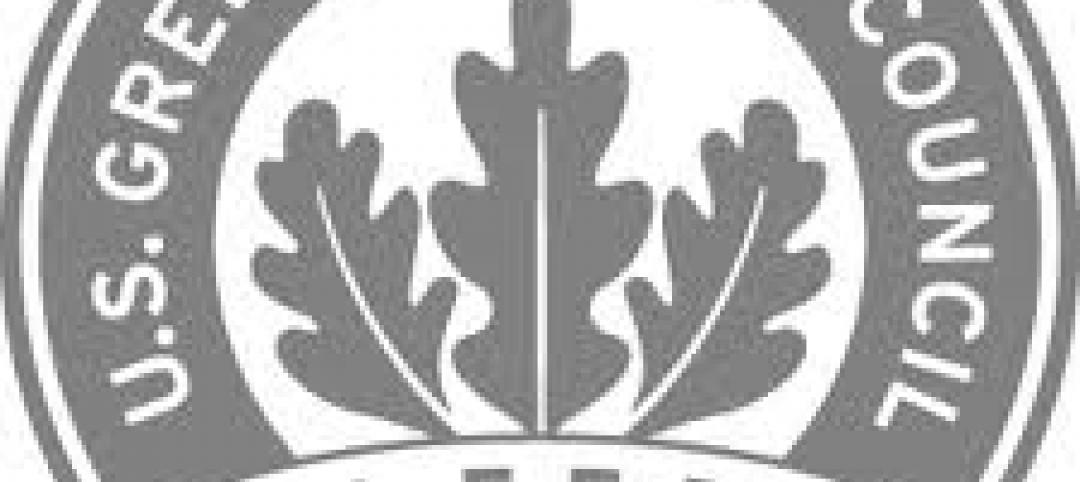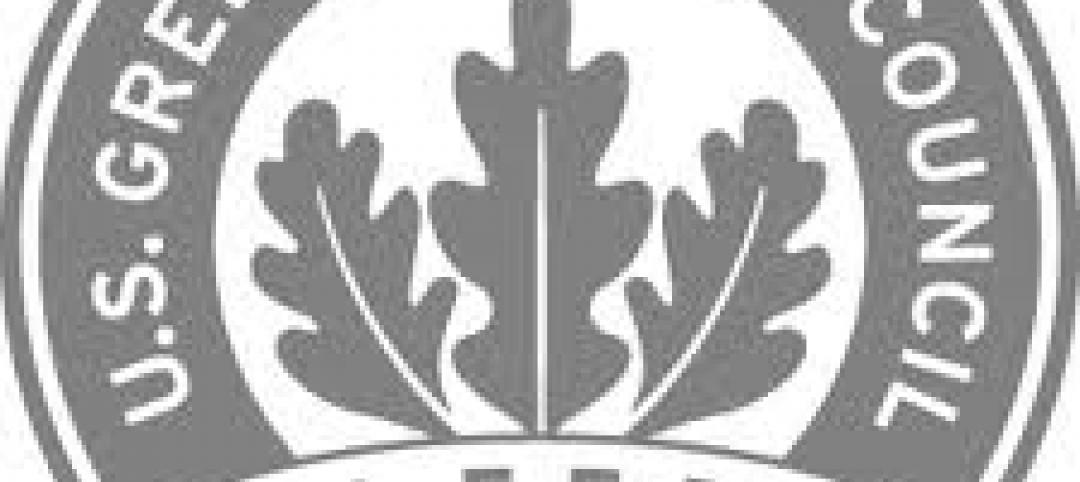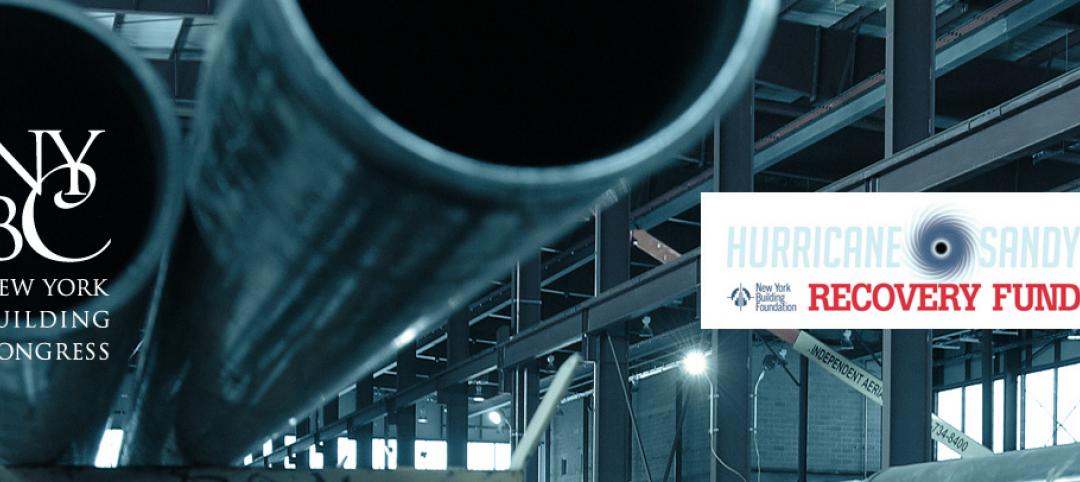LEED v4.1 is now available for residential/homes, and cities and communities. LEED v4.1 certification emphasizes performance monitoring, fully integrated design, social equity and human health factors.
For the residential market, LEED v4.1 combines aspects from four previously-existing LEED for homes rating systems (LEED for Low-rise homes, LEED for Midrise Homes, LEED for Core and Shell and LEED for New Construction) into three rating systems – LEED v4.1 Residential: New Single-family homes, LEED v4.1 Residential: New Multifamily homes and LEED v4.1 New Multifamily homes core and shell.
The updated rating system is designed to make the decision to implement LEED easier for residential projects. LEED credits that have a higher value to homeowners and residents, such as health and well-being improved comfort, energy and water savings, green and healthy materials, are prioritized. Options have been added to existing LEED credits that lower both hard and soft costs to achieve certification.
For the LEED for Cities and LEED for Communities rating systems, LEED v4.1 expands on the earlier performance-based approach to support planning, design, operation and performance management phases of new and existing cities and communities.
Related Stories
| Dec 13, 2012
Pima County, Ariz. officials say improved code enforcement scores will help lower insurance bills
Insurance Service Office, Inc. (ISO) recently analyzed building codes and enforcement and found that Pima County, Ariz., consistently outscored comparable jurisdictions in Arizona and the nation.
| Dec 13, 2012
D.C. aims to be a green leader with new building codes
The District of Columbia has released a revised set of building codes to make it a leader in green construction.
| Dec 7, 2012
Georgia court limits contractors’ ability to foreclose on liens
The Georgia Court of Appeals ruled in 182 Tenth, LLC v. Manhattan Construction Company that lien claimants such as contractors, subcontractors, and materialmen, may not foreclose on a lien that includes unpaid general condition costs.
| Dec 7, 2012
San Francisco real estate records will include ‘green labels’
Ecologically-sustainable building practices, or “green labels,” will now be included on official land records maintained by San Francisco.
| Dec 7, 2012
Tokyo’s Green Building Program has reduced power consumption by 20%
Tokyo city officials calculate that its Green Building Program reduced energy consumption by 20% since its inception, a statistic they identify as the reason the power stayed on during the 2011 earthquake.
| Dec 7, 2012
New flexible options make achieving LEED certification easier on projects outside the US
A new set of Global Alternative Compliance Paths, or Global ACPs, are now available for all commercial projects pursuing LEED green building certification using the 2009 versions of the rating systems.
| Nov 29, 2012
New York contractors say they will pay tax despite a court ruling that the tax is unconstitutional
The New York Building Congress says it will voluntarily pay a tax declared unconstitutional by the courts because, it says, the money is vital to maintaining the city’s transportation infrastructure.
| Nov 29, 2012
Storms like Sandy highlight the need for stricter codes, says insurance expert
Experts on insurance, weather, and catastrophe modeling say the role of climate change in Hurricane Sandy and future storms is unclear.


